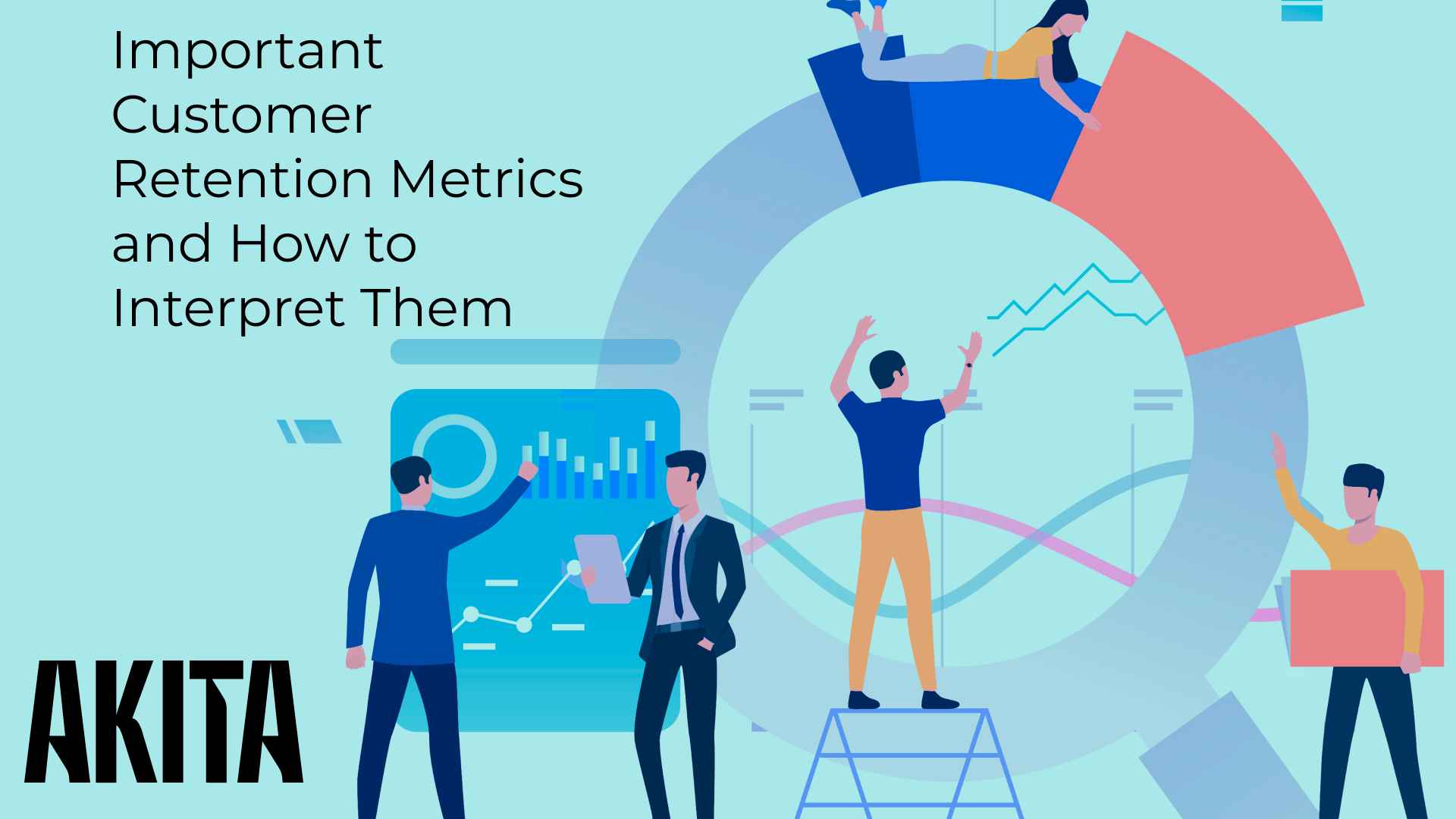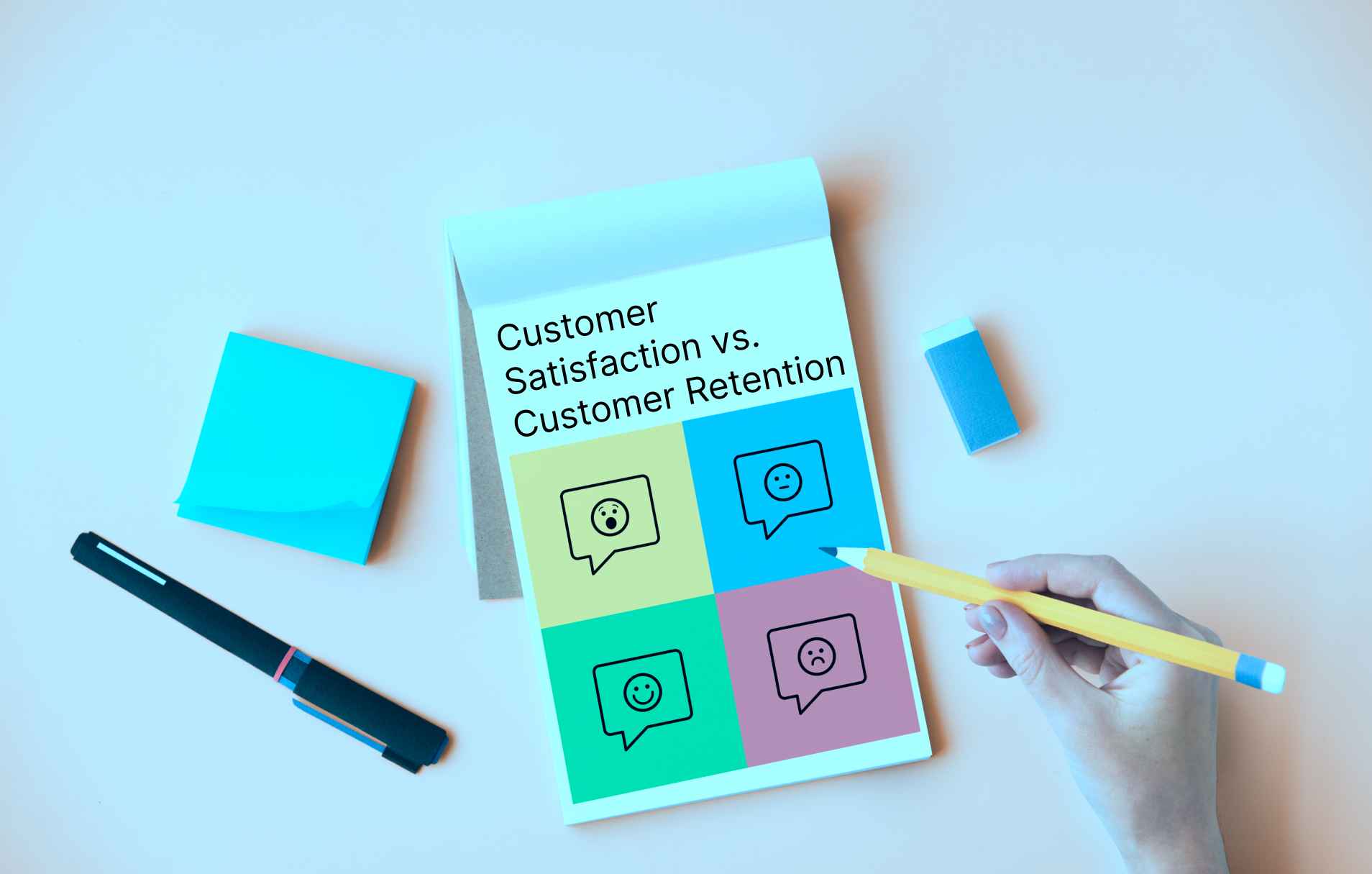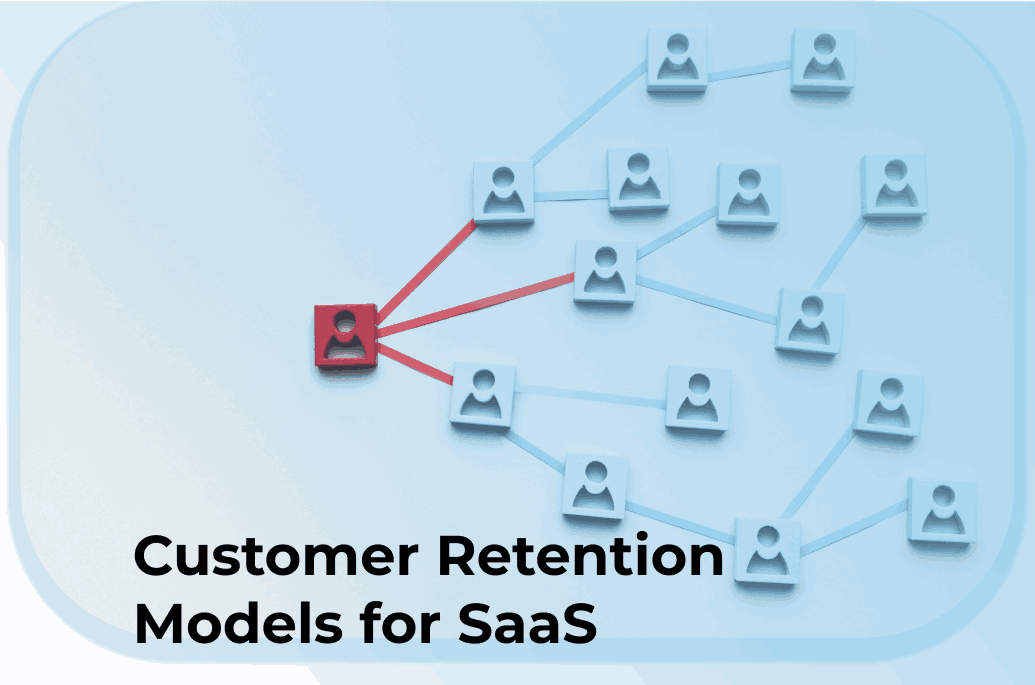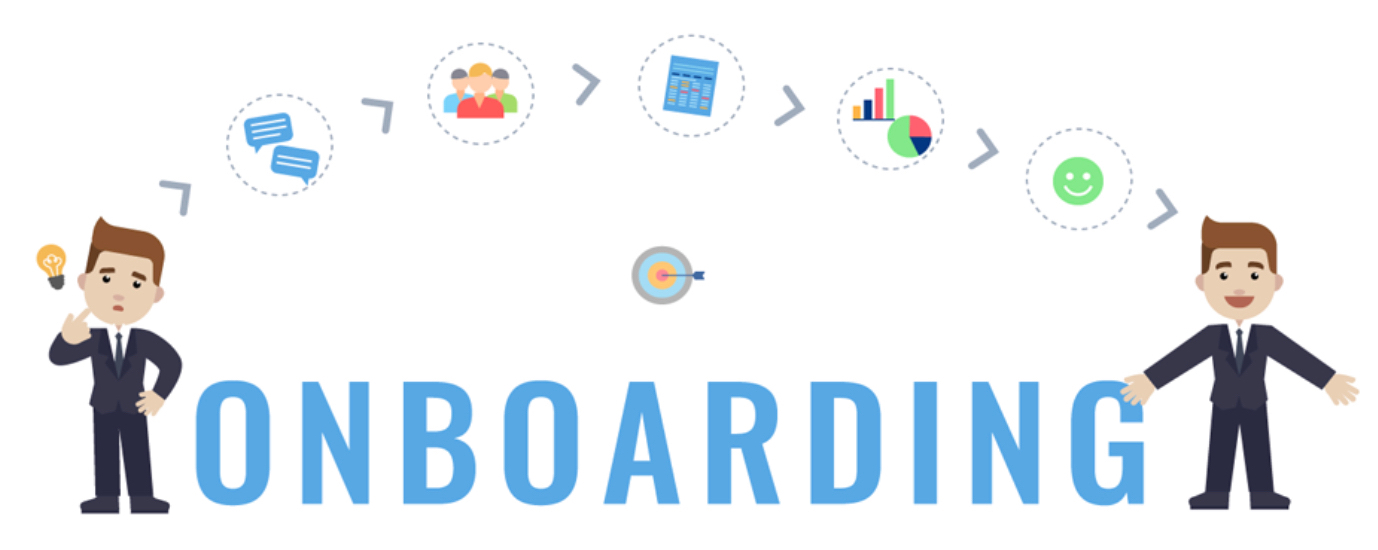Improving Customer Retention with Journey Analytics

There are times in any physical journey where you are partly or largely under the control of (or at the mercy of ) an external service provider.
Did the train arrive on time? Was there a free seat? Did you have to wait for your airport transfer? Was there a queue at airport security? Was there somewhere to eat at the gate? How the companies you use deliver on their promises will define the success of your journey.
You had a level of autonomy, but only within the boundaries that were set by those providing the services.
It’s no different in SaaS. Our users have a level of autonomy, but whether they achieve their desired outcomes is largely dependent on how well we execute on our processes within the framework of a designed journey.
In this post, we look at how SaaS companies can use the structure of a customer journey to maximize customer retention levels.
What is the Customer Journey?
The customer journey is defined as a set of steps that convert a prospect into a loyal customer. I.e., it includes all the steps customers take before and after their purchase. Although the terms are used interchangeably, the customer journey differs from the buyer’s journey in the simple fact that it focuses primarily on customer retention and loyalty. A buyer’s journey, on the other hand, is a process that turns a prospect into a customer.
The main reason to create a structured customer journey is to help you understand your customer’s experience and optimize it at every phase. Customer journeys may differ, but the objective remains the same: guiding customers through each interaction point and eliminating any friction that they may encounter along the way.

Why Are the Customer Journey Stages Important?
To gain a better perspective, it is important to perceive the customer journey as a comprehensive plan. Each action a business takes within it should bring a customer closer to a given objective. Depending on the phase they are in, you will take well-defined marketing and customer retention efforts. Let’s first see which stages the customer journey includes:
- Awareness
This is the phase where customers become aware of your product via advertising, social media, word-of-mouth marketing, or a search engine.
- Consideration
A point where a customer may recognize your product or service as a solution to their problem. In this stage, they are considering making a purchase, so they will check the features and reviews, compare the product to other similar ones, and explore the website’s content to gain more information.
- Onboarding
Congratulations! You just acquired a new customer, or, in case a customer opted for a trial version, a new potential customer. Provide a seamless onboarding process for your new users to help them understand how to use it properly.
- Adoption
The adoption stage is essential for customer success, as it helps the users understand the perks and overall value of your product.
- Engagement
Engaged customers are active users who have embraced your product and included it in their routine. It is crucial to motivate customers to stay engaged by offering opportunities for feature adoption or feedback.
- Expansion
The expansion stage should encourage customers to upgrade to higher plans or adopt new product features.
- Retention
The retention stage in the customer journey aims to keep new customers for the long haul. Keeping the users satisfied and able to extract value from your product continually is a foundation for long-term success.
- Advocacy
In this stage, your customer shows a willingness to spread the word and share their positive experiences through reviews or referrals.
Now that we’ve introduced you to the customer journey stages, let’s see why each is important.
Since the awareness stage should demonstrate how your product or service can facilitate a customer’s life, it is crucial to share enough information about it. Having relevant and meaningful content that addresses the pain points and provides simple solutions for them is surely a great start. However, you can go a step further and provide your audience with how-to instructions, videos, white papers, and e-books.
The consideration stage should help your audience realize what makes your product stand out from the crowd. By highlighting your brand’s unique selling points as soon as that interest is sparked, you can help your potential customers grasp your product’s value much quicker. Having free trials or live demos is an efficient tool to achieve that, and sharing useful content like case studies, FAQs, and videos is recommended anyway.
The onboarding stage is important as it sets the tone for the customer relationship and helps the customers get value from your product in the shortest time possible.
If executed well, the adoption stage can increase customer satisfaction, engagement, and loyalty. This is the time to help your customers overcome any barriers and motivate them to integrate the product into their regular usage.
The expansion stage allows you to upsell and cross-sell your product and grow revenue without acquiring new customers. By tracking customer behavior, you can pick the right time to offer a more expensive subscription.
The success of the retention stage in the customer journey depends on how well you know your customers. By analyzing customer behavior at each stage, you can use the customer data to create an effective customer journey retention strategy, predict churn, and improve sales. There are various compelling customer success software like Akita that allow you to segment your customers into groups, track their metrics, analyze data, and assess your retention strategy’s performance.
In the advocacy stage, your customers have recognized your product as a valuable asset and are ready to recommend it to others. This form of marketing (word-of-mouth) is still one of the most powerful ones, so you should encourage customers to leave reviews and share their positive experiences with others.
Why Is the Customer Journey Retention Stage Important?
The customer journey retention stage has the power to turn a first-time customer into a loyal one. It is a well-known fact that acquiring new customers can be much more expensive than retaining those who already trust you. By personalizing each customer’s experience and giving them undivided attention at each touchpoint, you are building brand loyalty.
If you type “retention phase customer journey” in Google, a notion that comes up more than once is that the sale shouldn’t be perceived as the end of the customer journey. By managing to build a strong customer relationship at this point, you will encourage faster product adoption, increase repeat purchases, and motivate customers to stick to your brand and advocate for it.
To achieve the given objection, include various loyalty programs, frequent email communication, dedicated customer support, and, of course, feedback surveys.
Steps to Improve Customer Retention Stage
Customer retention is defined as a company’s ability to keep existing customers for a certain period of time. The vital aspect of retention in the customer journey is to analyze and determine why customers churn and utilize strategies to build long-lasting customer relationships.
Step 1 – Automate retention processes
All customer journey stages, including acquisition and retention, can be automated by utilizing specialized software. You can automate the entire flow, from welcome emails and surveys (or even the entire onboarding process) to data gathering and analytics, customer support, loyalty programs, and many more. This is how you can adjust your retention strategy to fit each customer’s needs.
Step 2 – Monitor and assess the right metrics’ data
Track Customer Retention Rate (percentage of existing customers after a certain period), Monthly Recurring Revenue (expected monthly revenue), and Net Promoter Score (customer satisfaction level) to get the data that can clarify the given objectives and pinpoint what’s going well and what’s not.
Step 3 – Exceed your customers’ expectations
This one may sound a bit abstract, but if you deliver more than what’s promised, why would your customers ever leave? Highlight what makes your business unique, offer discounts and bonuses, fix any given issue in record time, provide omnichannel support for them, and more.
Can Akita Help Optimize the Customer Journey?
Yes! Akita holds the key to maximizing the success of your customers in the post-sale context. All of your customer data will be available to you in one place. Simply create segments for each of your Customer Journey stages and Akita will track key changes in the data for those stages, alerting you when you need to intervene. Even better, pin your journey stages to a dashboard and get a full 360 journey view in one place!
Click on the gif below to see more.
Frequently Asked Questions
Why is the customer journey important?
By understanding how users interact with your brand, you can tailor a unique set of strategies that answer the demands of a certain cohort. This can increase engagement, conversion, and revenue and, of course, reduce churn.
Which stage in the customer journey is the most important?
All stages matter equally! However, you should put some extra effort into post-sale phases, as they can last the longest and could improve customer retention and decrease churn.
How can we improve each stage of the customer journey?
It is crucial to stay attentive! Get feedback at every stage, analyze and assess it by employing the right technology, and provide a personalized experience since every customer journey is different!




